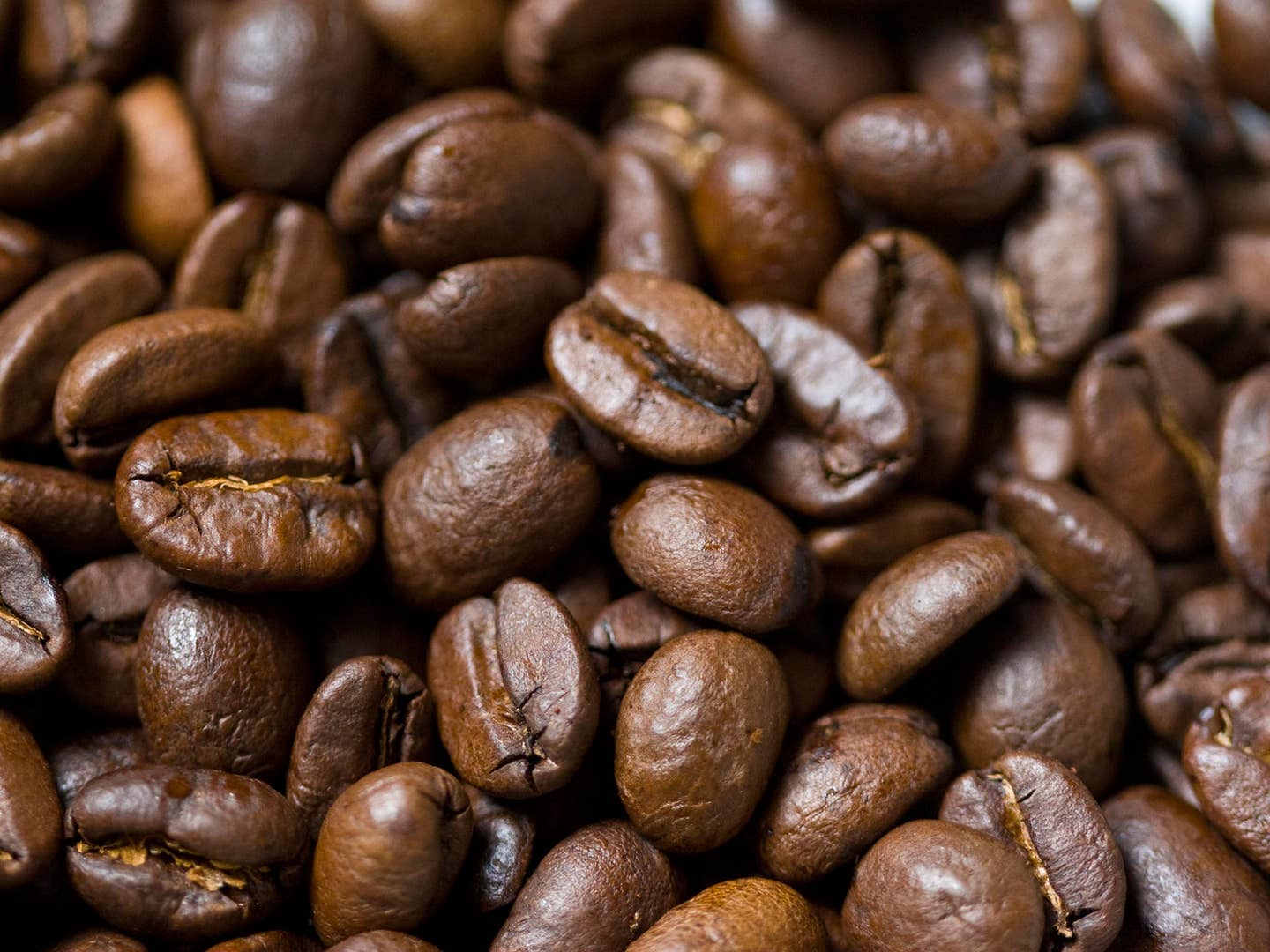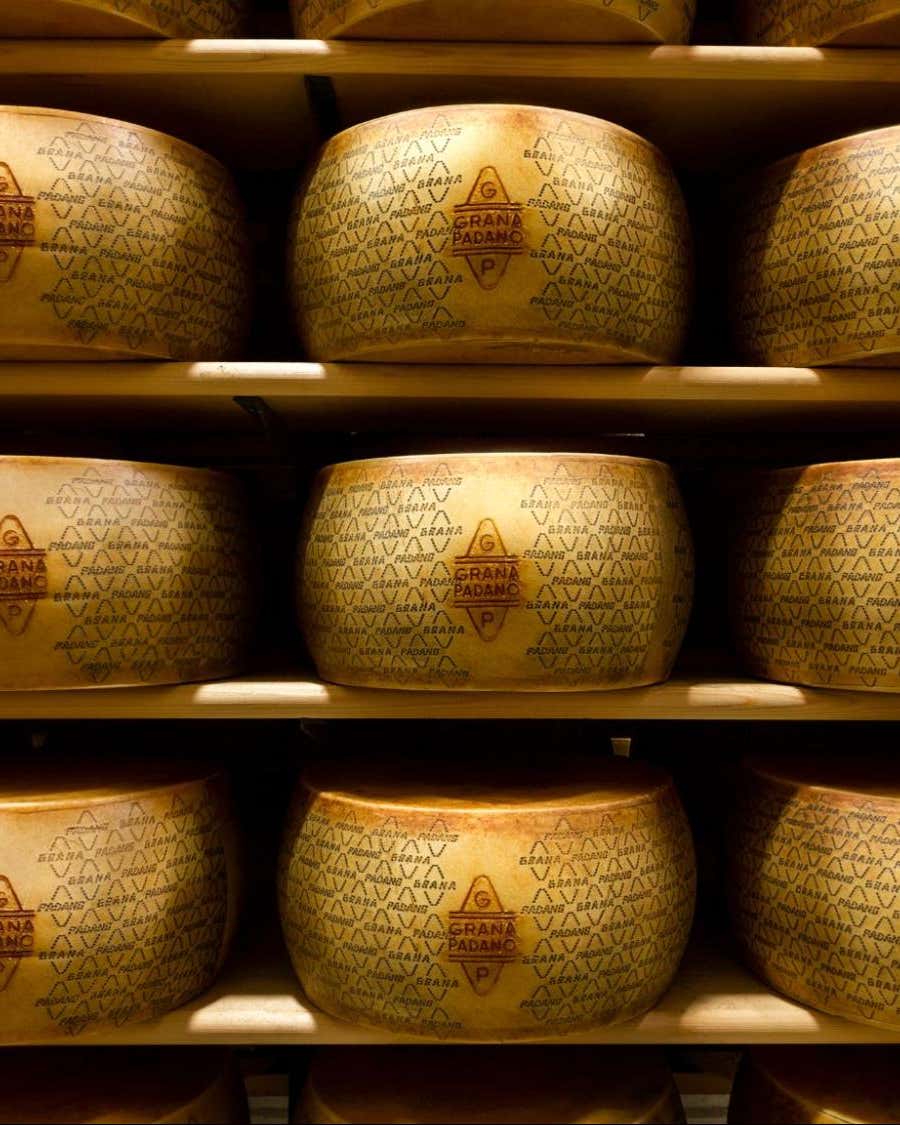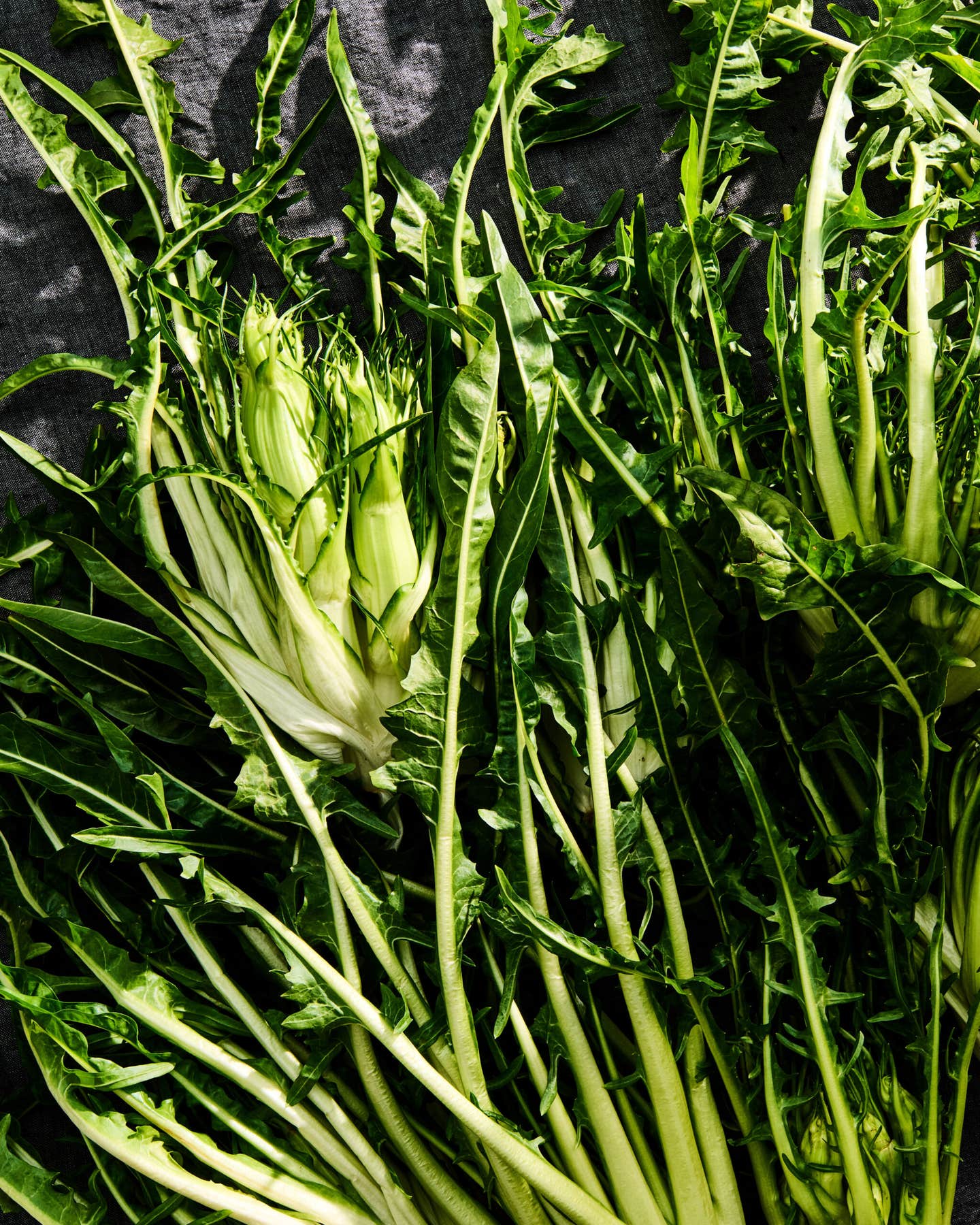
Scientists Are Working to Save Coffee Beans Across the World as Climate Change Threatens to Wipe Them Out
You, to your grandchildren: There was this magical thing called coffee
Climate change has become prevalent in most aspects of modern life, from freakish, unseasonal weather to the gradual loss of some of our favorite natural wonders, it seems as though little will escape its impact. And as if rising sea levels flooding coastal cities, increased risk of disease and food shortages from habitat destruction, and the Earth's slow but sure progression towards human inhabitability wasn't bad enough, it looks like coffee may be global warming's latest victim—unless a team of scientists are able to save it.
According to a new report in Bloomberg, factors including deforestation, drought, disease, and rising temperatures are depleting coffee crops, and while demand is rising, "the global market is heading for its fourth straight year of deficit, according to estimates from Rabobank International." Arabica beans will grow on only half the land needed for worldwide demand by 2050. And a combination of abnormally high temperatures and lower than average rainfall in Brazil has decreased robusta coffee bean production. Farmers who once relied on the bean for income are now moving to other crops, and the country may start importing robusta beans from Vietnam.
Then there’s leaf rust. It’s a fungal disease that affects both forms of the coffee plant, and its effects on the industry are far from negligible. According to Bloomberg, “About 18.2 million bags of coffee worth about $2.5 billion were lost to the disease from 2011 to 2016, according to WCR. The loss put 1.7 million people out of work. A warmer planet means producers will be forced to contend with more frequent threats to their beans.”
Fortunately, scientists are working to keep your favorite caffeinated beverage around. The research starts with finding plants that can survive in different climates; as WCR geneticist Christophe Montagnon points out, "Global warming means that the only places that will remain arable are colder or at higher altitudes." He and his team placed 30 plant varieties across 20 countries in a controlled environment, subjecting them to extremely low temperatures. They will then move those survivors to other regions, “to see if they can thrive in foreign soils and uncontrolled conditions. Eventually, the coffee plants deemed most resistant to both colder temperatures and leaf-rust will be selected for planting.” And while Montagnon has not yet found a plant able to resist leaf rust, he’s still optimistic.
It's important to start considering what our meals might look like as climate change becomes an increasingly present factor in our food and the way we eat. Hopefully science will continue to preserve what we consume.
Keep Reading
Continue to Next Story










